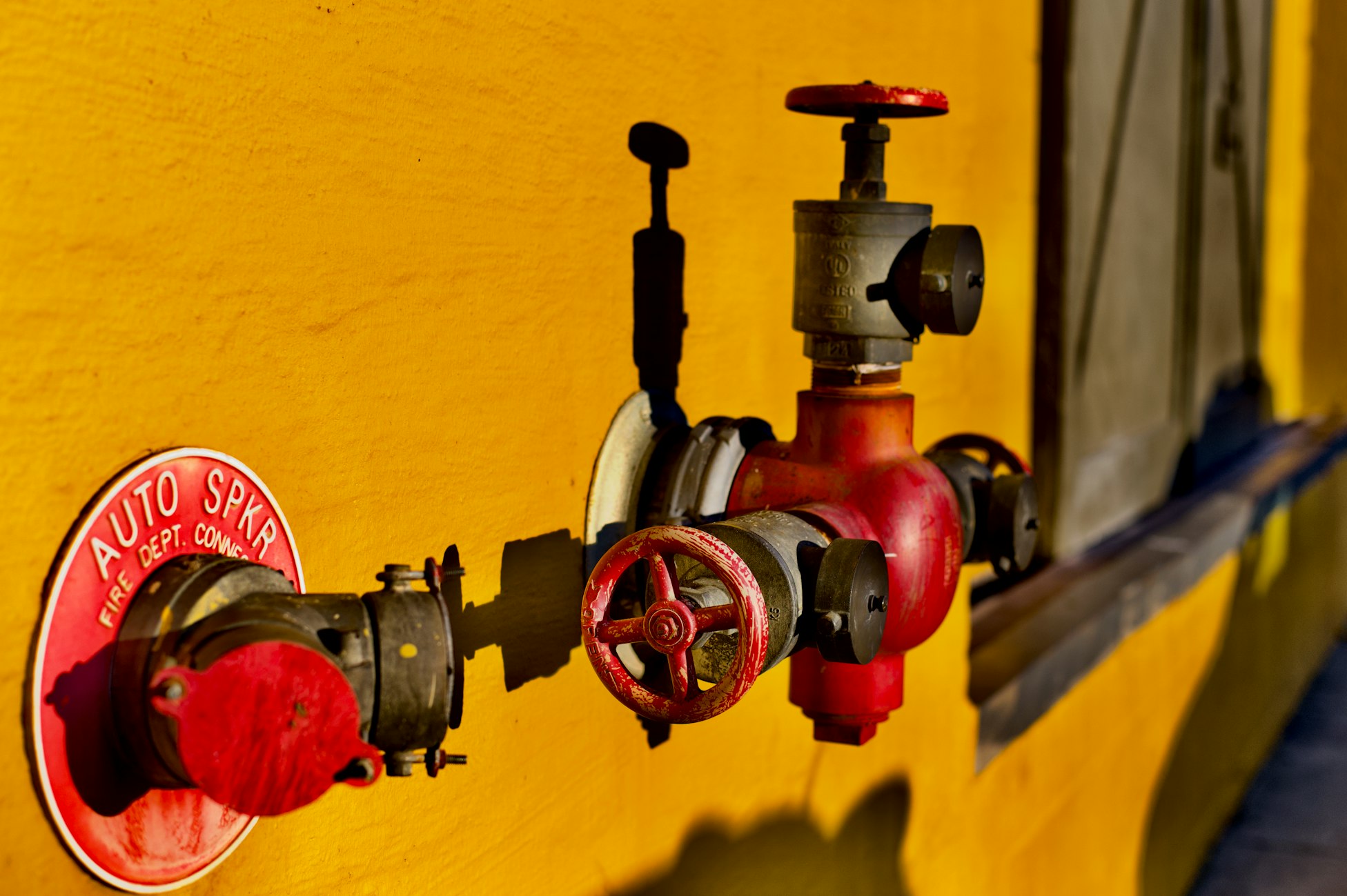A classic visualization of a Fire Watch is a person in a Forest Service fire lookout tower. Fire towers were widely used in the early 1900’s to look for smoke and then report fires from mountain tops in forested areas.

A few of the U.S. Forest service fire lookout towers are still in use.
Today the safety profession uses the term Fire Watch to describe a designated person or team of people actively on the lookout for a fire, often on a construction job site. Many different industries utilize a Fire Watch in their day to day work activities and assessing fire hazards in a Job Safety Analysis (JSA) or Job Hazard Analysis (JHA) is quite common. In certain industries, Fire Watch is a regulatory requirement with specific defined rules that have been defined in the regulations.
Assessing Fire Watch hazards during the preparation of a Job Hazards Analysis, and implementing a Fire Watch when appropriate, is routine in the construction industry, in the U.S. forest Service (USFS), the National Park Service (NPS) and in some cases the forestry industry still uses Fire Watch and lookout towers during periods of extreme fire weather when the risk of fires is high, and in the fire alarm and building sprinkler industry. This last category of building sprinkler systems, is one of the industries where Fire Watch may be mandatory and enforced by regulations.
Understanding Fire Watch is especially important to people who work on, test, and maintain fire sprinkler systems. NFPA 101 Life Safety Code requires that a Fire Watch be instituted anytime a Sprinkler System, Fire Alarm or other Suppression System is hindered or out of service.

During sprinkler system maintenance it is required by law to have the Fire Watch personnel walking around the building and checking each floor for presence of a fire. A best practice is to have each Fire Watch person maintain a log that includes the location inspected along with the time of the visit.
In the construction industry it is a best practice to post a Fire Watch anytime a task involves hot work. Hot work can include welding, grinding, cutting, or other temporary operations where heat is used or equipment / operation may generate sparks. In these cases, Fire Watch personnel is stationed near the work area so they have a clear field of view of the worker and surrounding area. The Fire Watch should have a fire extinguisher of the appropriate size and class for the specific job task and physical location. The Fire Watch should be trained in the operation and use of the specific type of fire extinguisher being utilized as part of the Fire Watch. Preplanning and identification of the hazards and selection of the appropriate safety equipment during the Job Safety Analysis is critical to achieving a positive outcome during these types of operations. 29 CFR § 1915.504 contains details for Fire Watch during work, including training requirements, duties of the employees, equipment employees must be given, and personal protective equipment (PPE) that must be made available and worn.

Sometimes hot work is defined as preforming work on equipment that is energized or pressurized. Whenever possible, this type of hot work should be avoided, but there are times when the equipment or line can not be de-energized or de-pressurized. A Fire Watch may be appropriate for this kind of hot work and should be risk assessed when preparing the Job Hazard Analysis.
When hot work is conducted on ships, there are additional training requirements and certifications for Fire Watch personal that are defined in 29 CFR § 1915.504 and by the Occupational Safety & Health Administration (OSHA and OSHA).
Fire Watch is an important safety tool that should be evaluated during the preparation of the Job Safety Analysis or Job Hazard Analysis as you assess the hazards of your job or tasks.
JSABuilder.com is a fantastic on-line job safety analysis app to assist in preparing your JSA. Set up a free trial account today and follow us on Twitter @JSABuilder, where we Tweet about Health and Safety, provide Safety tips, and updates on current Health and Safety topics.